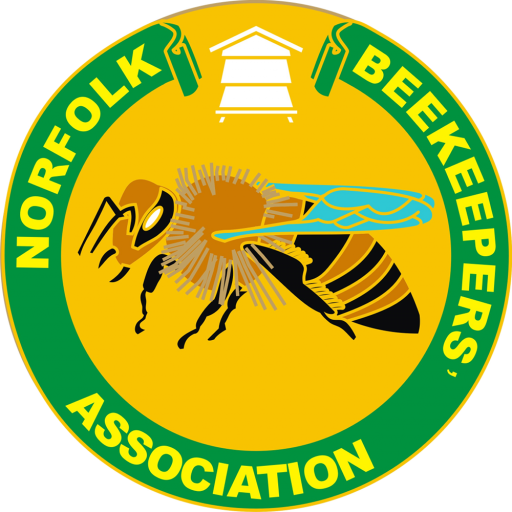In most years, late July sees the end of routine swarm control checks however, this is not the time to sit back and relax. What the beekeeper does now has a major bearing on the following year.
If not already done, at least two old brood combs should be placed on the outside flanks of the broodbox to be removed and exchanged for frames refitted with new foundation in the Spring. It is not uncommon for the outside combs to suffer from a coat of mould and therefore it is better that, should this occur, it affects the old combs that will be removed.
The surplus honey crop needs to be removed from the hives and extracted. Care should be exercised when using Porter Bee escapes (which are one-way valves) to remove bees from the supers. Ensure the “springs” are set to about 1 mm (1/16″) gap and that all possible holes in the supers are sealed with wax or waterproof tape to stop access by robber bees. If bees do gain access a full super can very quickly be robbed out. If only one or two supers are to be dealt with, it is often better to brush the bees off – and much quicker. Having successfully extracted the honey, ensuring windows and doors are kept closed at all times, return wet supers to the hives for cleaning out. This is always best left until late evening, removing them for winter storage a few days later. Bees can be a little more than inquisitive at this time and it cannot be over-emphasised that prevention of robbing is much easier than stopping it.
If desired, colony numbers can be reduced by uniting. Remove the poorest queen, then place the de-queened stock on top of the selected neighbouring hive, placing a sheet of newspaper between the boxes. It is not necessary to perforate the sheet as the bees will quickly make short work of the division.
As soon as the empty supers are removed from the hive and stored away, preferably with a queen excluder and crown-board on the top to prevent ingress by mice, preparation for Varroa treatment should be put in place. An approved Varroacide is Apiguard, a tray of which is placed immediately on the top bars of the brood combs, open side up-most. A spacer is required – battens of about 20 -25mm square, placed under the crownboard, which will allow the bees the necessary access to the gel. A second tray should be added two weeks later and the two trays left until the contents have been removed (half dose for nuclei or small colonies). The last five years or so have seen a marked increase in honey and pollen from Ivy, some hives producing a surplus. This apparently welcome boost at the end of the season can unfortunately, be a problem for the bees, as Ivy honey granulates very quickly and is not readily accessible to the bees in winter, so alternative stores need to be available during this
inactive period, be it either stored honey from late summer or from the feeding of sugar syrup, which can be given as soon as the Varroa treatment is finished. (Feeding and treating at the same time is not a problem in itself except that it may encourage the bees often build brace comb in the space under the crownboard.)
A general tidy up of the Apiary and re-organisation can be done at this time of year. Long grass, etc. which may cause dampness to be retained, should be removed from around the hives. Such conditions are bad for both the bees and the box itself. Ideally, hives ought to be 9 to 12 inches off the ground. This makes inspection much easier on the beekeeper’s back and allows for good air circulation around the hive.
